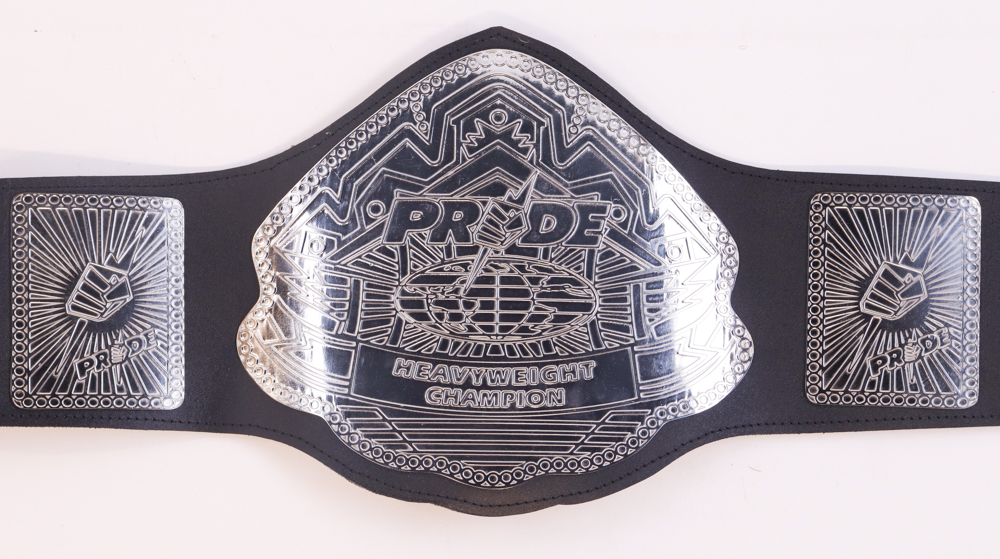A single fighter who holds the best resume in the MMA history has long been a topic of debate among fans and forums alike. Some believe this is simply a fable – a myth that litters the internet with incessant deliberation and cruel memes. When you consider the evolution of the sport, the number of organizations, and the sheer number of competitors across nearly three decades – it becomes not a matter of if, but how much MMA math is being used as the primary method of analysis. This “Uncrowned King” series does not intend to supply a concrete answer to this eternal question, rather it relies on data obtained using a mathematical-based analysis. Keep in mind we are not discussing who the GOAT(s) is/are – we are simply looking at the guys who consistently fought, were competitive with, and beat the best over a sustained period of time. The goal is to observe just what makes these fighters extraordinary – as well as stimulate the conversation about these athletes in a different way. Like any argument of who is or has “the best of” anything, selecting specific criteria is important in determining the best candidates. The following is the criteria and system I have developed for rating MMA fighters with the best resumé. I will use this framework to rank these fighters based on points awarded. The system I’ve created is based on my own opinion of what it means to carry such a distinction and is subject to change as we go through this process.
Basic Criteria For Consideration
1. This fighter must have at least 30 professional fights on their record and have 10+ years of professional competition
2. This fighter must have competed against other highly ranked (top 15) competitors on a regular basis
3. This fighter must have won at least 60 percent of their fights (winning is important, but there is wiggle room here)
4. This fighter must have fought in a major MMA organization – PRIDE, UFC, WEC, or Strikeforce
5. This fighter can be retired or active
6. Their opponents will be judged by their ranking AT THE TIME of these specific fights
7. These fighter selections will be ranked relative to the strength of their own divisions (whether a division is considered “weak” or “strong” is irrelevant)
Points System
1. Fight against opponent ranked 11-15 = 1 point
2. Win against opponent ranked 11-15 = 1.5 points
3. Finish against opponent ranked 11-15 = 2 points
4. Fight against opponent ranked 6-10 = 2 points
5. Win against opponent ranked 6-10 = 3 points
6. Finish against opponent ranked 6-10 = 4 points
7. Fight against opponent ranked 1-5 = 3 points
8. Win against opponent ranked 1-5 = 4.5 points
9. Finish against opponent ranked 1-5 = 6 points
10. Challenging for a belt = 4 points
11. Winning the belt = 6 points
12. Finishing the champion = 8 points
13. Fighting up or down a weight class = Bonus of 0.5 points
Fight Matrix Historical Rankings: https://www.fightmatrix.com/historical-mma-rankings/generated-historical-rankings/?Issue=66&Division=2
Each win that the particular combatant has against a top 15 opponent is documented and scored based on the opponent, weight class, and fight result. The points are then awarded for each contest. Once I have gone through each relevant fight, I add up all of the points. The fighters are given a final score, which are then ranked amongst the others. Keep in mind that I will NOT be covering losses, only wins against ranked opponents. In theory, the fighter with the highest score would have the best resume in MMA. The rankings of each fighter at the time of each contest will be taken from Fight Matrix Historical Rankings.
